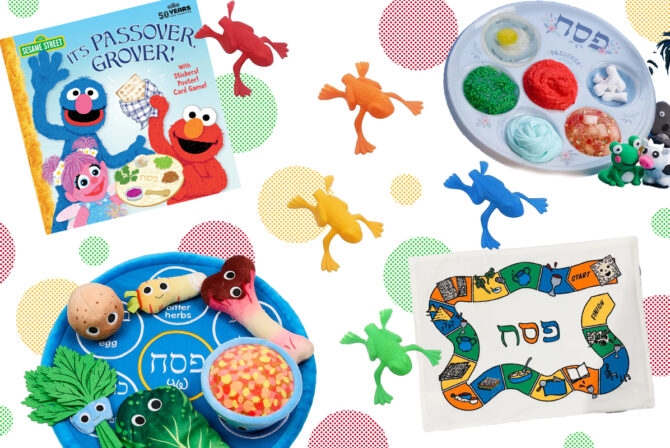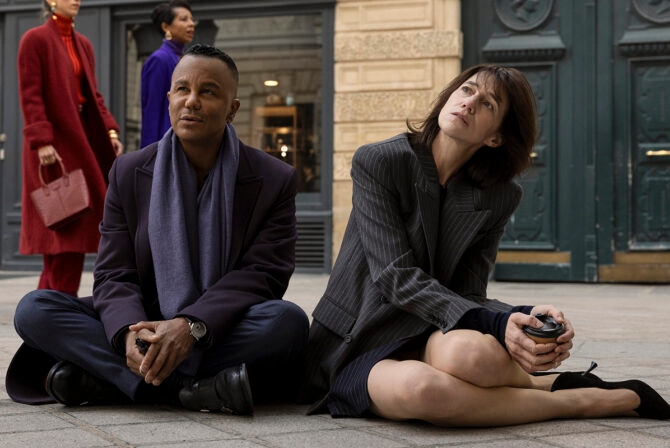Haifa 3D, a nonprofit organization in Israel, founded by Yacov Malinovich and Yoav Medan, originally started as a maker studio. In 2015, they changed their focus and started printing prosthetic hands when one of Yacov’s students, a doctor, opened him up to the idea. The group joined the global E-NABLE movement which uses modern 3D printers and open source files of hand designs to print these prosthetics.
While the original hand designs used by E-NABLE have certain minimal functional requirements of the prosthetics wearer, the Haifa 3D group have been pushing the boundaries of these limitations and improving on these designs to create custom hands, arms and even fingers for people who would otherwise not be able to use the more generic prosthetics.
The interesting part? The prosthetics are made from printed parts connected with bands which enable the wearer to use their existing—albeit minima—movement to open and close the hand and regain some of their missing functionality.
Haifa 3D is a volunteer-based group, composed of teachers, professors, engineers, tinkerers, artists, a physical therapist, and students. The group has strong ties with the Technion (The Israel Institute of Technology), and they receive assistance from professors and labs on campus. Computers, printers, plastics, and all other parts are all from donations that the group receives. Prosthetics are printed free of cost, and in some cases, recipients, especially growing children, will receive multiple prosthetics over time.
The group has printed custom prosthetics for near 20 people to date, and it prides itself on customizing each prosthetic for the wearer,—as each case is unique and no two people and no two prosthetics are alike. Yet they share all new designs and knowledge acquired with the global movement.
The beauty of these printed prosthetics is that they can be custom designed to match the personality of the wearer. For instance, S, a teenage “Iron Man” fan, has a red and yellow hand designed to look like the hero’s suited glove for those days she wants to release her own inner super hero. She also has a blue and white hand when she wants to match her laid back, t-shirt and jeans attitude.
Meanwhile, I and N, two young boys, were designed colorful prosthetic hands with a Lego base on the back so they can attach the plastic bricks and build structures straight onto the back of their hand. These printed prosthetics are especially important for children and teens, to showcase their personalities.
As they grow rapidly, health coverage does not always cover the expensive costs of conventional prosthetics. Many times, the value of the printed hand is more than just the added functionality, but in the confidence that it provides the wearer.
The group has customized prosthetics for a gamut of people including a soldier who lost one hand and the use of his other hand during his military service. For B, who lost his hand and wrist in an avalanche, the team spent a year designing an arm that would enable him to use his elbow movements to open and close the hand. The team has even worked with a man from Nigeria to design him a custom prosthetic to complete the half a hand he still had. When the team couldn’t find people to print the prosthetic in Nigeria, they printed it in Israel and sent it to him.
Over time, the team has even worked to develop specialized prosthetics with a specific function, such as the yoga attachment, the guitar hand which is designed to hold a guitar pick, and others. For me, this is the most amazing part of the team’s efforts–the fact that they are always looking to improve on their current designs as a way to allow people to live their lives, and enjoy their passions.
Watch this video below of how a prosthetic allows this girl to apply makeup:








